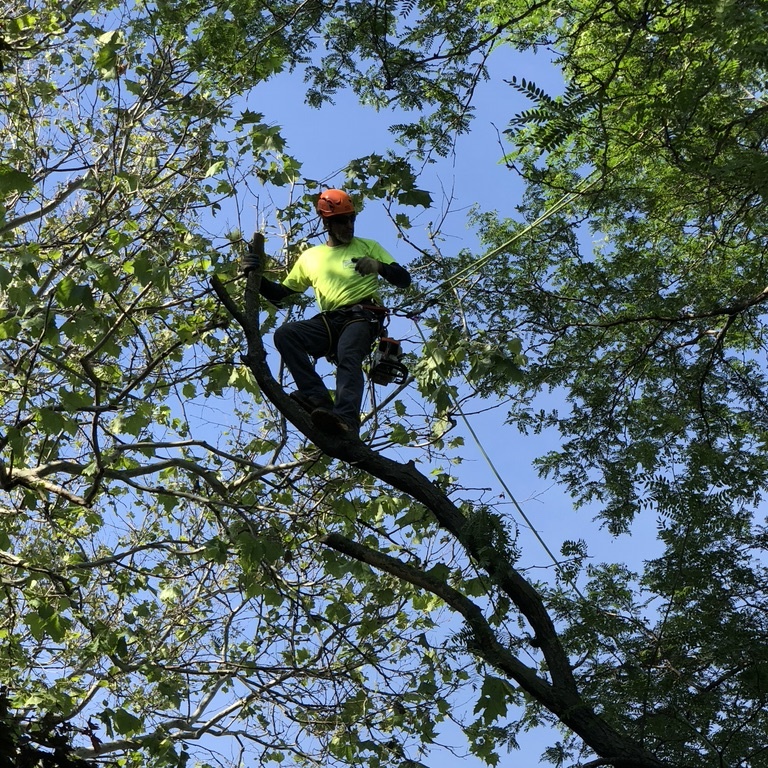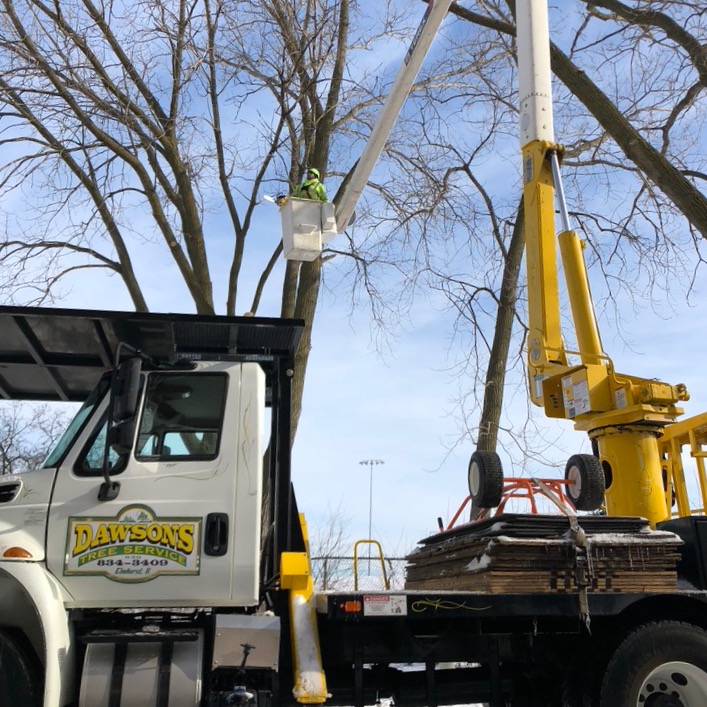Tree Trimming
Trimming is essential to maintaining the health of any tree. Our Certified Arborists know exactly what time of year and which techniques are best to keep your unique trees thriving.

What Are Signs That A Tree Needs Trimming?
- Dead, dying, cracked or broken branches
- Crossing branches
- Limbs encroaching on structures
- Undesirable shaping of canopy or low hanging branches

Year Round Care
Regular care of trees involves trimming to remove questionable or dead branches, branches over structures and to improve the general shape and balance of a tree. Pruning younger trees early and often prevents potentially costly and complex repairs of more mature trees later. One of our certified arborists will be happy to give you a free evaluation if you think you may need trimming.

Reasons To Trim
Trees that have branches that cross over one another, rub against one another, grow toward the center of the tree, grow at a narrow angle to the trunk, have multiple appending branches, or pose a risk to structures or people are good candidates for some pruning. Dead or dying parts of a tree any time of year signal that it is time to call your local tree care experts.

Winter Pruning
Despite the old adage, “prune when your pruners are sharp”, some deciduous trees are best pruned during full dormancy. For the residents of DuPage County, February or March is a good time to prune those trees. Trimming these trees in Spring and Summer should be avoided, as it may attract invasive insects that cause diseases.

Prepare for Spring
Wintertime also presents us with the additional advantage of being able to observe a tree’s framework, without leaves getting in the way. So before getting busy in the garden during Spring, take some time during Fall and Winter months to observe the health of your trees.